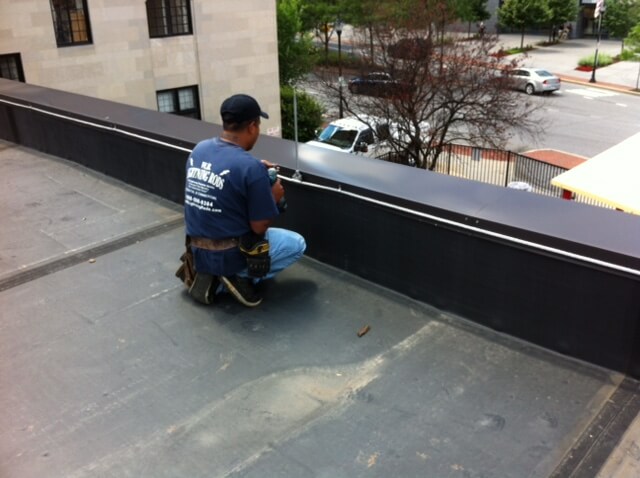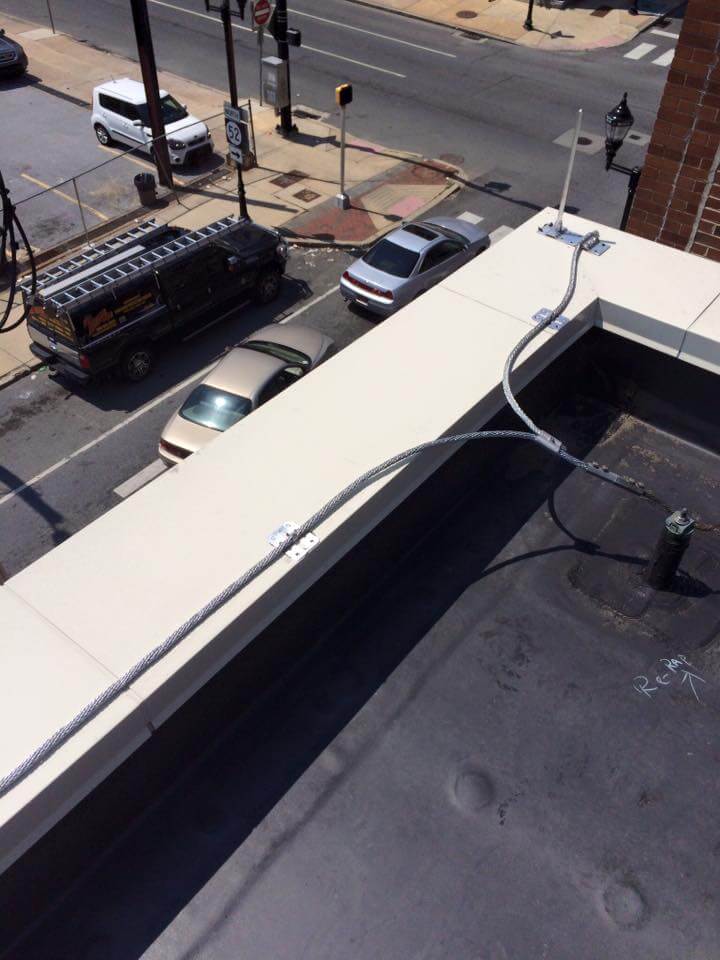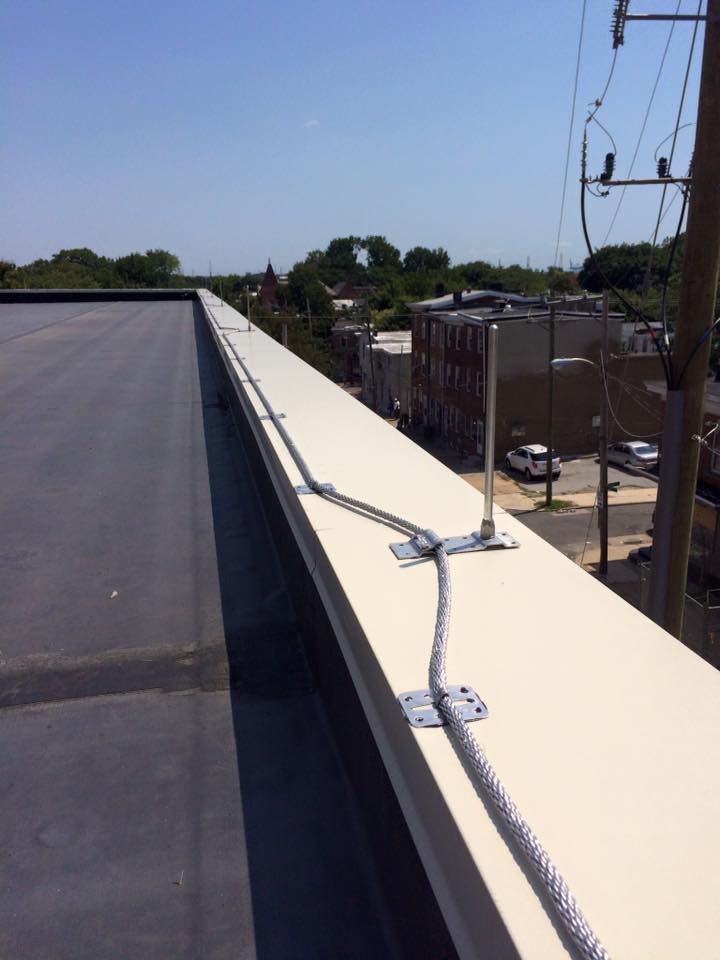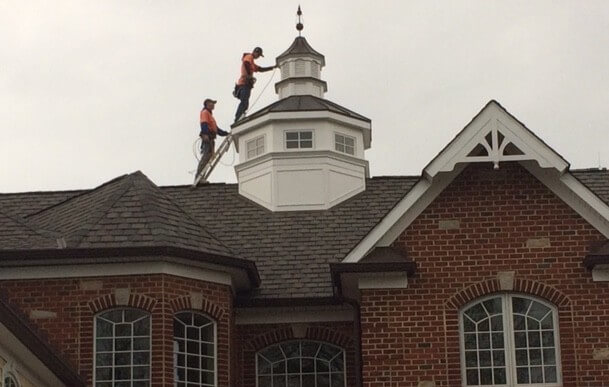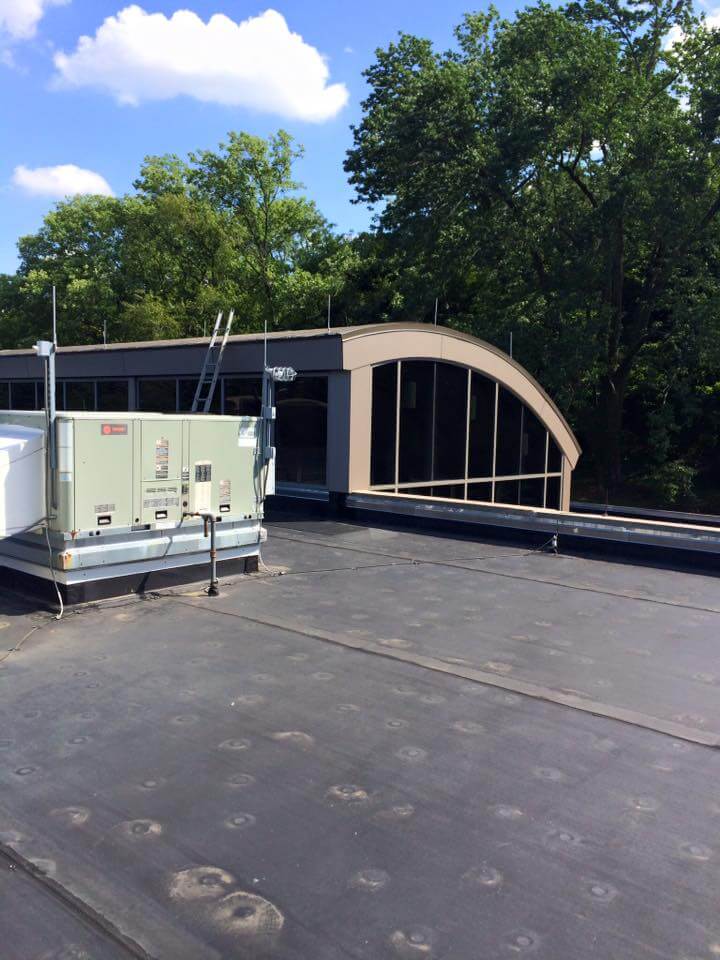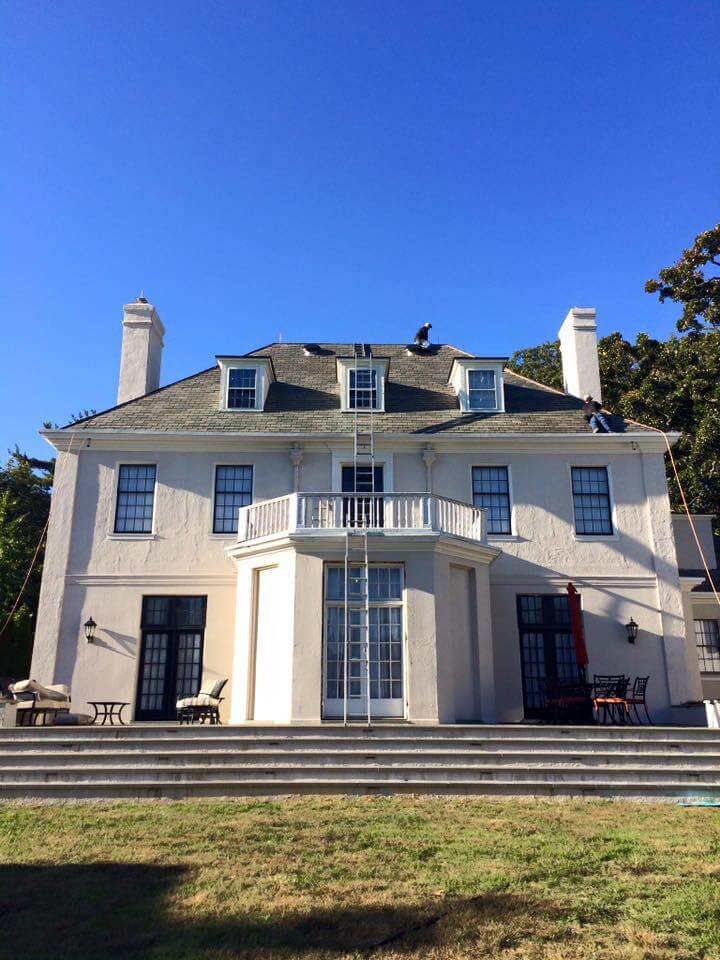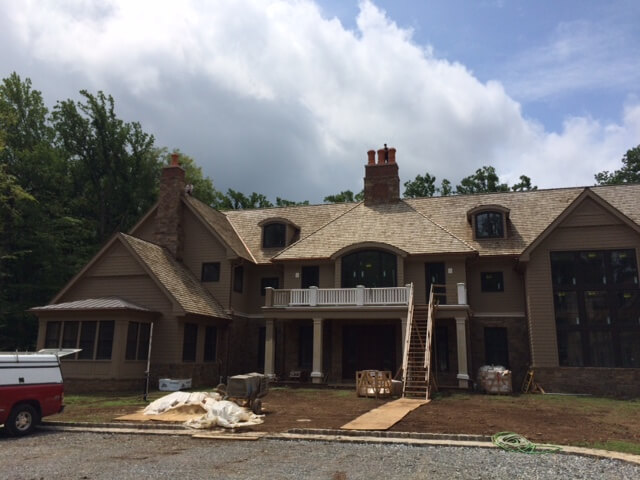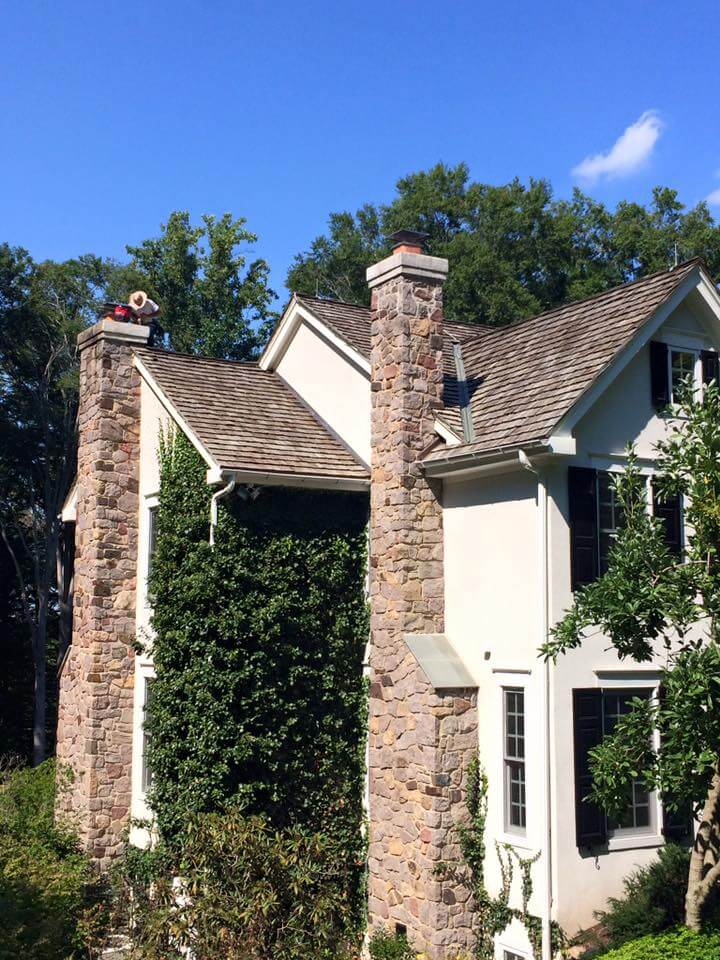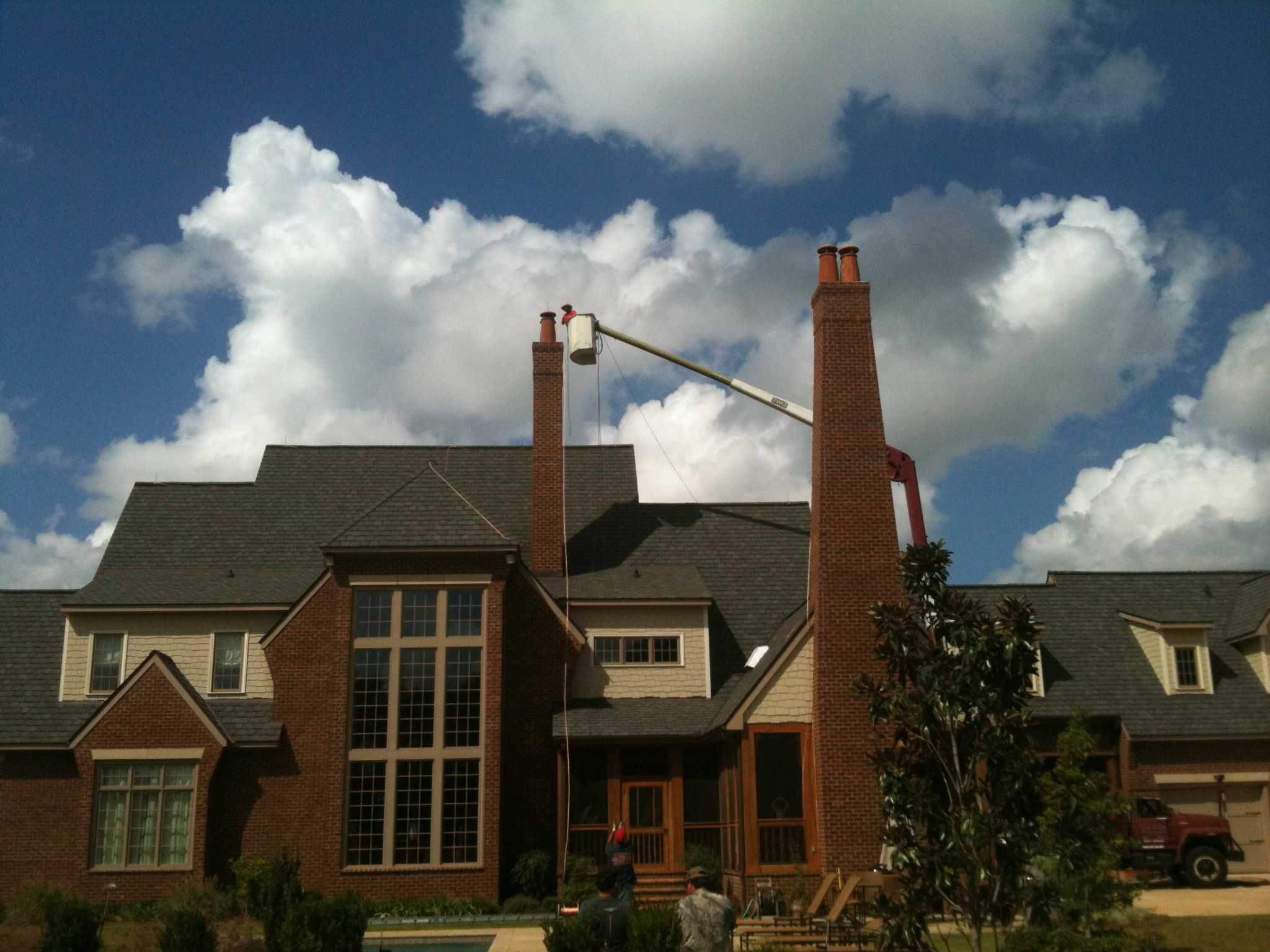Call 1-800-557-9037 For Lightning Protection Solutions
Best Materials for Lightning Protection System
Using quality materials for lightning protection systems is crucial to ensure effective protection against the destructive forces of lightning strikes. Here are some key components and materials commonly used in lightning protection systems:
Conductor Cables
Copper is the preferred material for conductors in lightning protection systems due to its high conductivity and resistance to corrosion. It is used for connecting various components of the system, such as air terminals, down conductors, and grounding electrodes.
- Copper conductors: 1/2″ diameter braided cable consisting of 32 strands of 17 gauge copper wire.
- Aluminum conductors: 5/8″ diameter braided cable consisting of 26 strands of 14 gauge aluminum wire.
- All Materials Meet or Exceed UL 96/96A NFPA 780 LPI 175/177 Requirements
Air Terminal Rods
Air terminals are typically made of copper or aluminum and are placed at the highest points of a structure to intercept lightning strikes. These materials are chosen for their conductivity and durability.
- Copper sizes range from 3/8″ x 10″ to 1/2″ x 24″
- Aluminum sizes range from 1/2″ x 10″ to 1/2″ x 24″
- Rods over 24″ are available to order with a required brace.
Ground Terminals
Grounding electrodes, such as ground rods or grounding plates, are buried in the ground to provide a low-resistance path for the lightning current to dissipate. They are usually made of copper or copper-clad steel to ensure good conductivity and corrosion resistance.
- 10 foot x 1/2″ copper ground rod
Lightning Arrestors
These devices are installed on electric service panels to prevent dangerous high voltage from entering a structure through the incoming wires. The arrestor works as a filter to defray incoming voltage, thus preventing a lightning-induced electrical fire or explosion.
Surge Suppressors
These are installed between the appliance, electronic equipment or computer and the electrical outlet to provide point-of-entry surge suppression from lightning induced power surges. Structures which contain sensitive electronic equipment may require a series of individual surge suppressors. Surge suppressors are not a required component of UL approved lightning protection system and can be implemented with the lightning protection system at the owner’s discretion or per installer’s recommendations.
Ornamental Points
Ornate points are available in a variety of selections to enhance the appearance of traditional lightning rods of a structure.
Corrosion-resistant Materials
Since lightning protection systems are exposed to various environmental conditions, including moisture and corrosive elements, it’s essential to use materials that are resistant to corrosion. Copper, aluminum, and stainless steel are commonly used for their corrosion-resistant properties.
Need more information? Please fill out the form below and we will get back to you promptly.
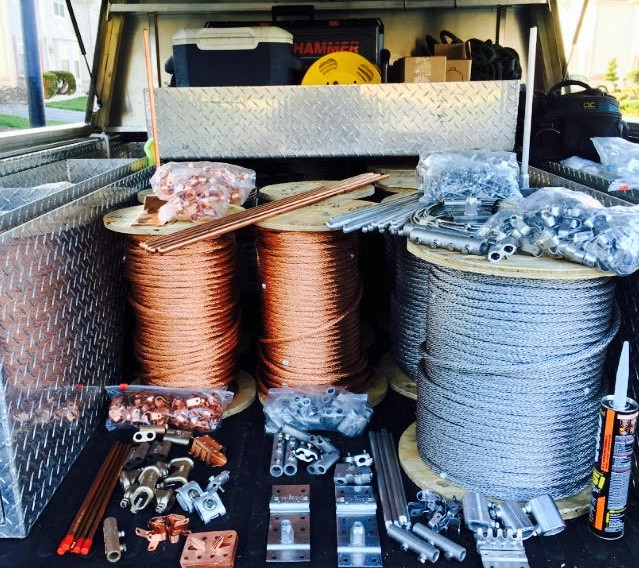
Why Choose Quality Materials for your Lightning Protection System?
By using quality materials specifically designed for lightning protection systems, you can ensure the reliability and effectiveness of the system in safeguarding structures and equipment against lightning strikes and associated damage. Additionally, regular inspection and maintenance of the system are important to identify any issues and ensure continued protection.
Why We Do It Better
Lightning protection is a very specialized field within the construction industry. To ensure your lightning protection system is properly installed and offers the protection it should, it is vital to hire an installation professional. We have the following certifications & credentials.
- Rated A+ with the Better Business Bureau (BBB)
- Licensed & Insured
- National Fire Protection Association (NFPA) Member
- Educated in UL 96A; NFPA 780; and LPI 175
- Voted Home Advisor Top Rated
- Awarded Elite Service Professional On Home Advisor
- Best of Home Advisor Winner 2016
Recent Work
Call 1-800-557-9037 For Lightning Protection Solutions


